Part 7
From my early encounters with Bay St. Lawrentians, I remember wondering if any man could achieve old age in these parts. It is true, men do die here at a disproportionate rate, but the numbers are not quite as dire as I had first surmised, yet neither are they dismissible. There was talk awhile back of a “cancer cluster,” but the area is so sparsely populated that it would be hard to identify a cluster of anything, much less a health-related one.
“New York and Boston smokestacks. They’re the problem.” Theresa said flatly. “Everyone is dying here and they’re dying young.”
Theresa is correct in one sense. According to the Canadian Cancer Society, the cancer mortality rate increases steadily as you march eastward, province by province, across Canada. Given that the prevailing winds also travel predictably west to east, Nova Scotia might indeed prove to be the dumping ground for airborne industrial waste.
But the source of health-related problems in Victoria County is multifarious, bound up with long-term poverty cycles, social and cultural isolation, and genetics. Some believe that problems began once wealth, unevenly dispersed, started to accrue and when the Internet arrived. Theresa, in particular, frets about computers, as obviating both the skills and the need for true socialization.
On one hand, the dividing line between the haves and the have-nots today is stark—the trap of disenfranchisement especially insidious when social media makes it all too clear what you don’t have. On the other hand, domestic violence, child neglect, and alcoholism—travails heavily researched by social scientists—were just as prevalent, if not more so, several generations ago. But earlier generations didn’t have today’s tools, social structures, or even the language to bring these issues to the foreground so corrective measures could begin.
Theresa and her husband Robert’s ancestors intersect five generations ago, at the tail end of the Scottish immigration wave. Genealogy records, fastidiously maintained at the nearby North Highland Community Museum, show that until recently local families of Scottish heritage produced many children, including a sizable number of double cousins—children from multiple marriages between the same two families.
Margaret said, “My mother never wanted all those kids but men were the boss. If he wants sex, you have sex. No birth control, of course. You didn’t have much say in it.”
Theresa chimed in, “Trust me, I’d have found a way.”
And the men in their family, Margaret explained, suffer to this day from addictive tendencies. “Now our children show the signs. You see, the men don’t take care of themselves. We Buchanan women, we’re in good shape. None of us drink, we just work.”
Outro
My films are generally about people who are good at what they do. The Bay St. Lawrence fishers satisfy this simple, but to me, endlessly beguiling criterion. But Theresa and Margaret and Coley tug on me for more than just their skills. They have endured much, and from their world travels, they’re well aware of the alternatives—they can afford to opt out.
But they choose to live in Bay St. Lawrence, to build a community and a carefully nurtured sense of family among the villagers, based less on the nuclear family structure and more on their common heritage. They have the wherewithal to step back, see their own world and then love it.
This precious sensibility—intangible perhaps, more felt than seen—forms the base layer of the film portrait I finished one year after filming. So, once again I headed north, to give Theresa and her family a look.
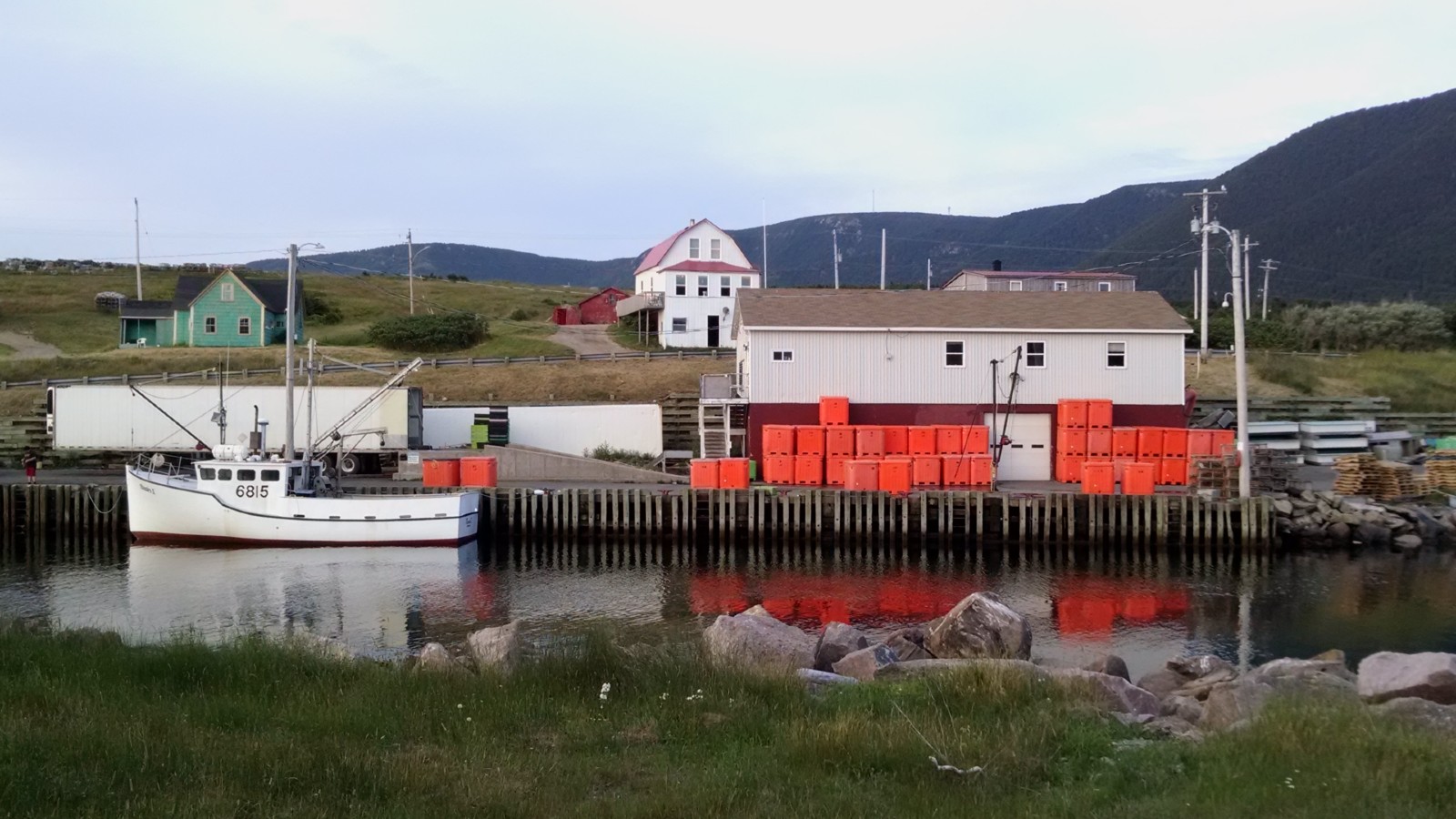
We wedged ourselves, including 16 people across three generations, into Theresa’s TV room for the official screening. I was a wreck, but during playback, most everyone murmured and laughed at all the right places. I later grabbed a private moment with Theresa while she prepped dinner.
“It’s OK, yes?,” I asked.
Her eyes twinkled, “Yes, it’s fine.”
Coming from Theresa, this was high praise. Now I could relax enough to eat our meal, a classic Jig’s Dinner of boiled potatoes, cabbage and corned beef. We were celebrating the film, but also the end of the season, all fishers having met their quotas. We finished dinner at 5:30 p.m., then hustled up to the community center for a game of cribbage. I watched at first, not knowing the game, privately glad to be spared my inevitable trouncing by Theresa, a formidable player.
Then I scrambled about, grabbing a few more photos of the family, backlit now by the late evening sun.
Further Reading
Because this seven-part story is both narrative and rooted in research and historic data, we wanted to include a reading list outlining the sources used to verify the statistics and genealogical, social, and health history of the area.
General Interest
- Charles W. Dunn. Highland Settler – The Classic Portrait of the Scottish Gael in Cape Breton and Eastern Nova Scotia
- Carle A. Rigby. St Paul Island, The Graveyard Of The Gulf. The Story Of A Little Known Nova Scotian Island.
- W. James MacDonald. Compiler and Editor. A Bibliography Of Victoria County, Nova Scotia
- North Highland Community Museum, 902-383-2579
Scottish Immigration History
- Robert J. Morgan. Rise Again! The Story Of Cape Breton Island, Books 1 And 2
- Rev. D. MacDonald. Cape North And Vicinity, Pioneer Families History And Chronicles
- History Of Nova Scotia





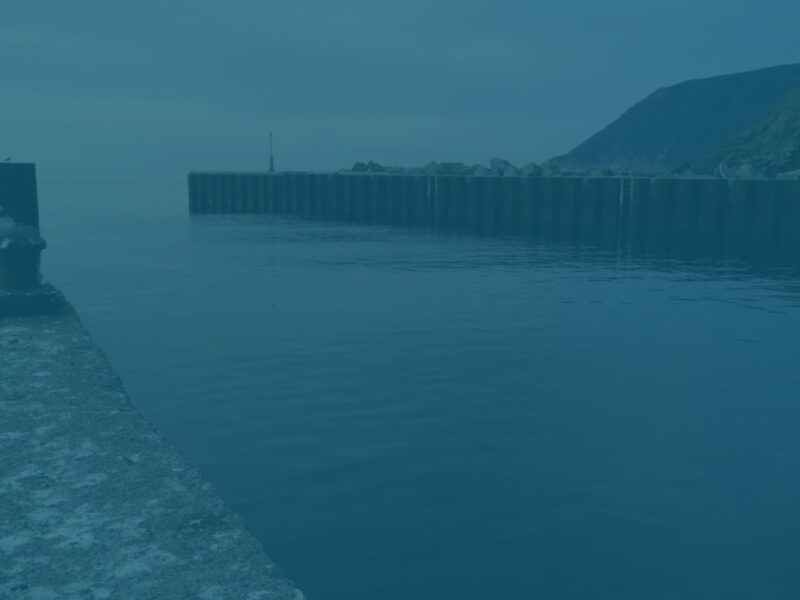
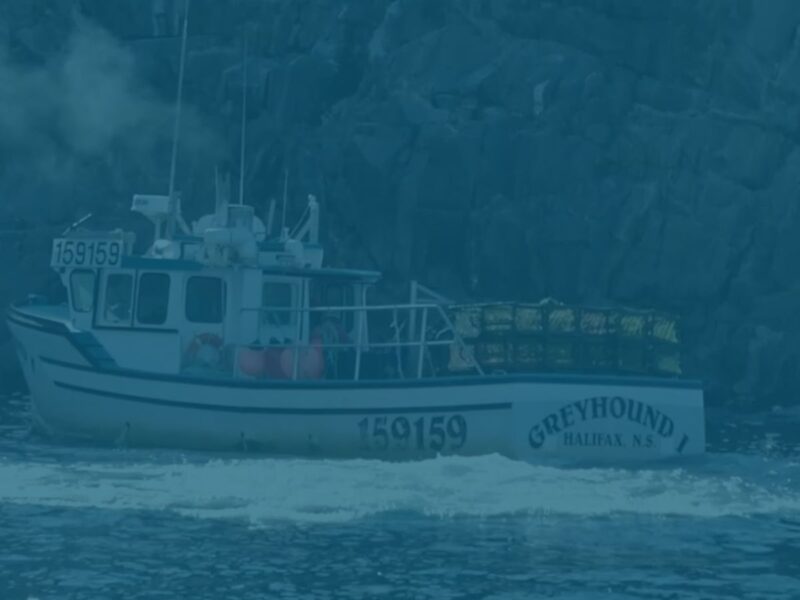
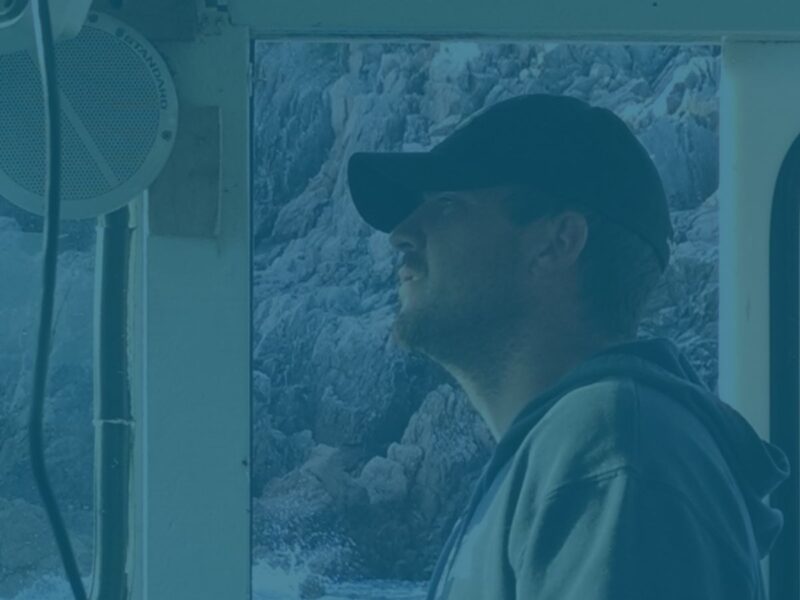
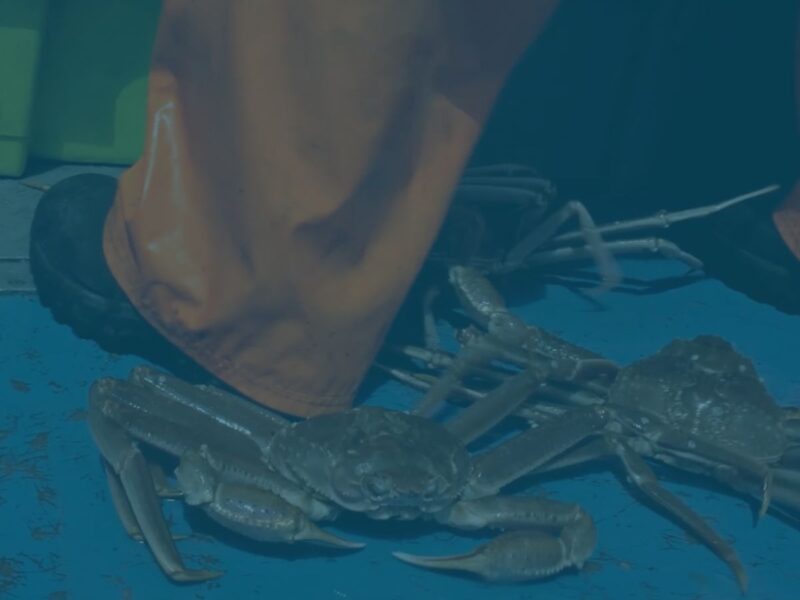
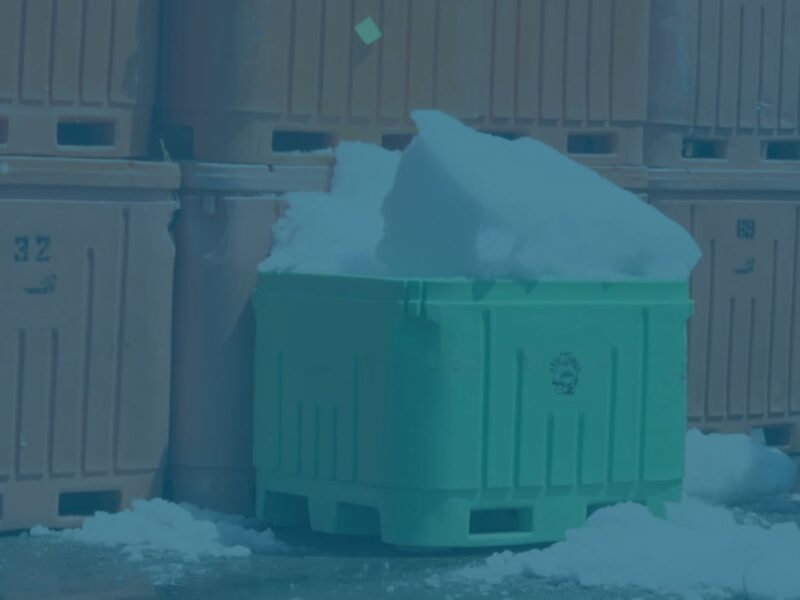
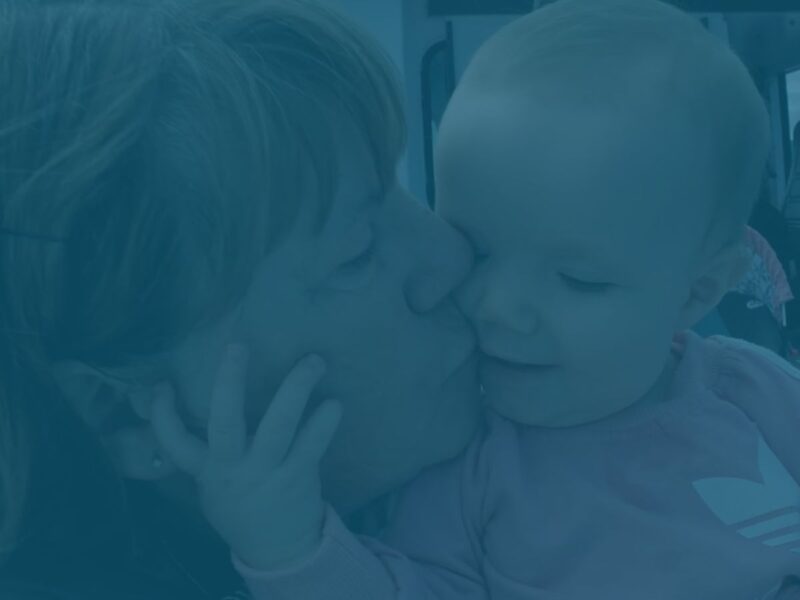
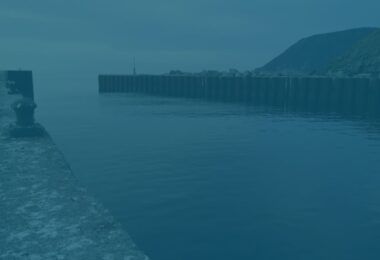
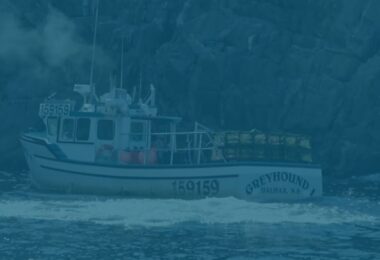
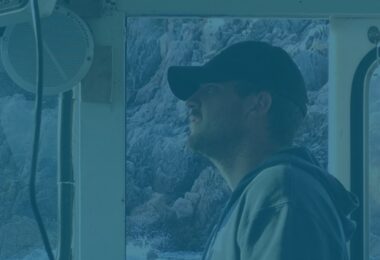
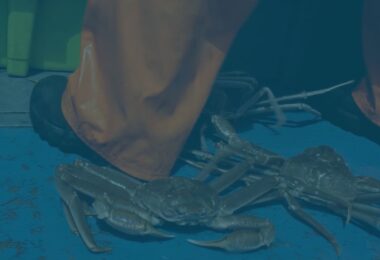
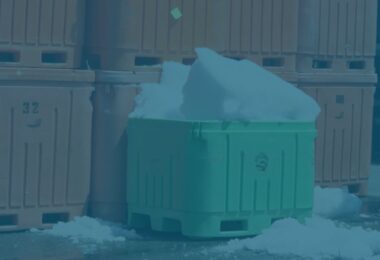
No comments